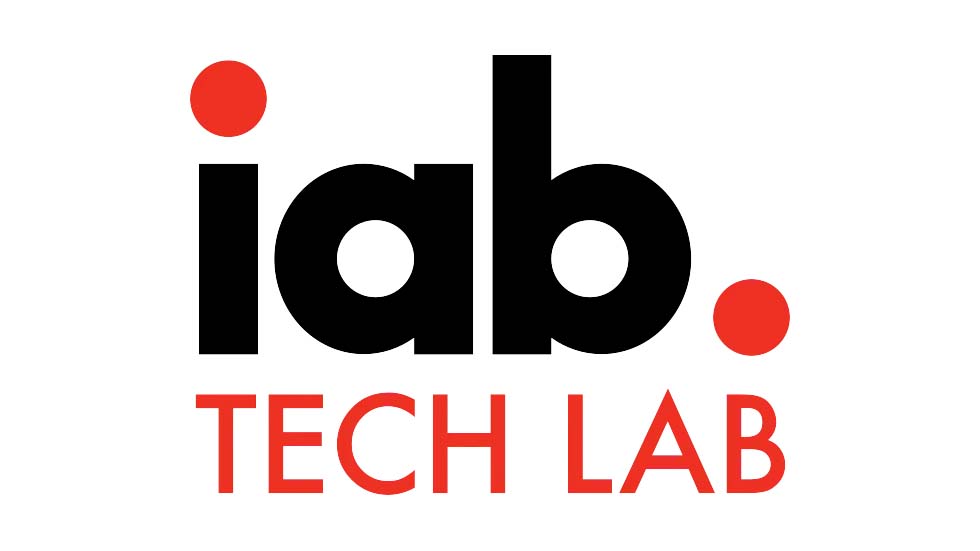Applied Technologies: VCI’s STAR II+ Traffic System for Centralcasting
The centralcasting discussion most often revolves around master control operations and technology. This is mostly because consolidation of engineering operations offers opportunities for achieving immediate economies of scale. Of equal importance, however, is the consolidation of core business functions, including sales, traffic and accounting.
Traffic system requirements
As the broadcast business continues to evolve, so must its supporting systems. Broadcasters moving towards centralized business operations should begin by evaluating the capabilities of their current traffic system.
Speed is one important element in a traffic system for use in a centralcasting environment because of the volume of data being managed and the number of users being supported.
In addition, it should not be necessary to bring down the entire system for backups or spot placement. The system should be able to complete invoicing during normal operational hours without slowing down the entire system. Finally, the systems should allow for expansion of PCs, users and printers without performance degradation.
Reliability is also an important criterion. To increase reliability, the system should take advantage of standard and readily available hardware components, including redundant power supplies, disks and fans. There should be a reasonable balance between the level of redundancy desired and the expense of implementing it.
Another requirement is for the traffic system to provide a sophisticated automation interface. In the centralized operation, where master control is simultaneously supporting several individual stations, a highly automated environment is desirable to cut down on manual manipulation of logs. This improves productivity and reduces costly errors.
The professional video industry's #1 source for news, trends and product and tech information. Sign up below.
Integrated sales force automation is also key. Multiple remote sales teams need to be able to interact easily with the centralized operation. They should be able to manage their accounts electronically and have instant, real-time access to accurate inventory data. The traffic system should also accommodate different sales philosophies.
A traffic system should allow for as many data types as needed to support both clusterwide and individual station requirements. It should also offer flexible reporting to meet unforeseen requirements. With centralcasting still in its infancy, it is difficult to predict the ultimate reporting requirements of any individual group, cluster or station. A modern traffic system should offer flexibility for both consolidated and individual station reporting.
In addition, the traffic system should eliminate redundant data entry to the greatest extent possible and should support large volumes of data.
While an ultimate goal of centralcasting is to achieve economies of scale by consolidating common functions, broadcasters must be careful not to force a cookie-cutter approach on individual stations within a cluster. The system should offer complete flexibility to support unique program formats and sales practices.
W. Lowell Putnam is president and CEO of VCI.
